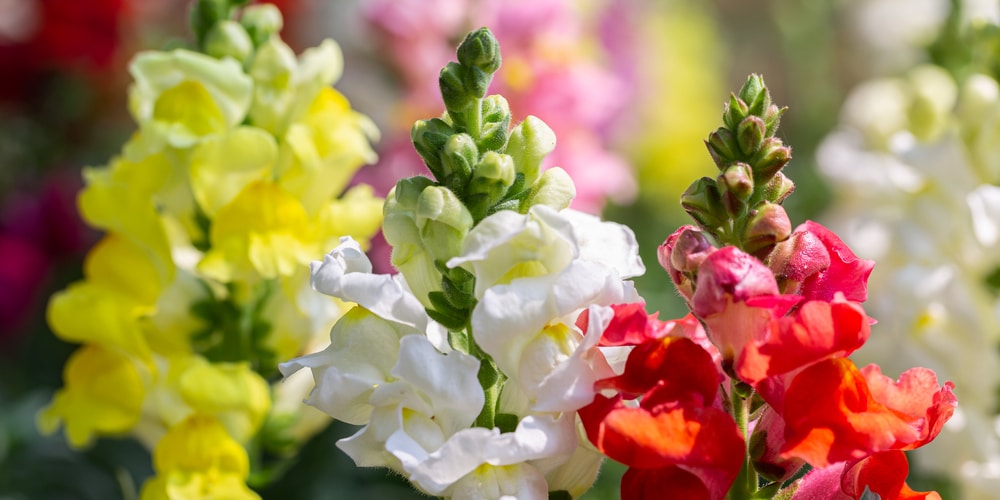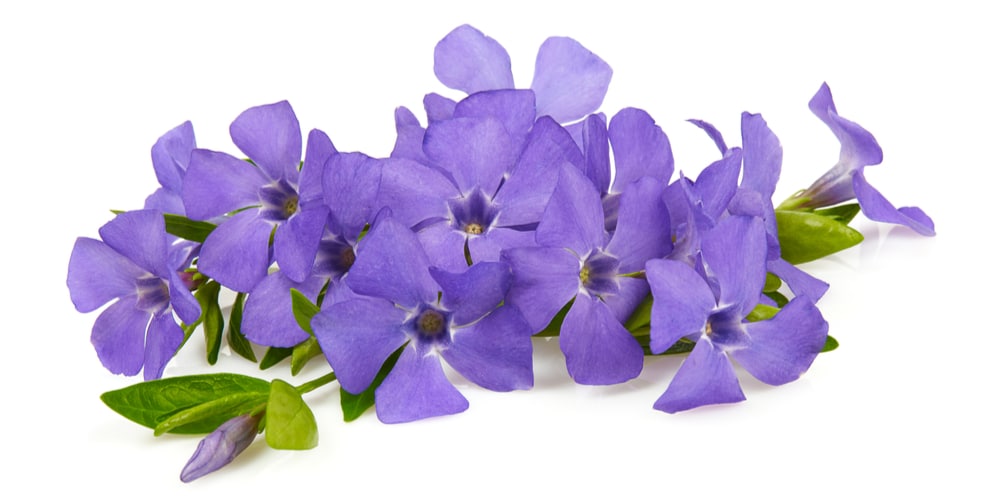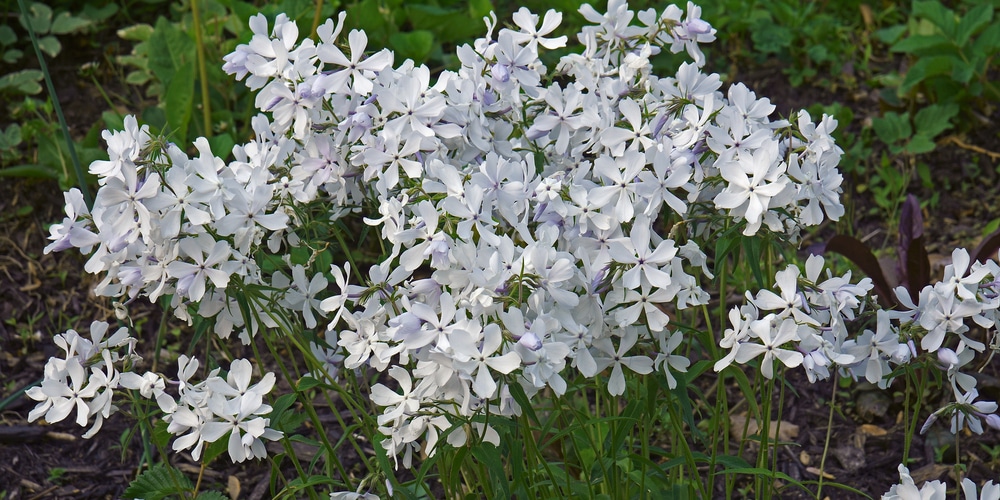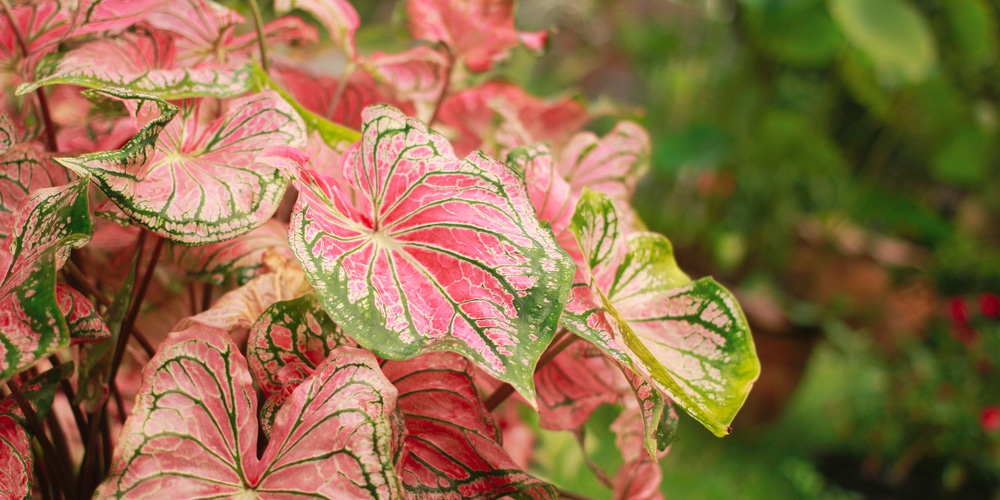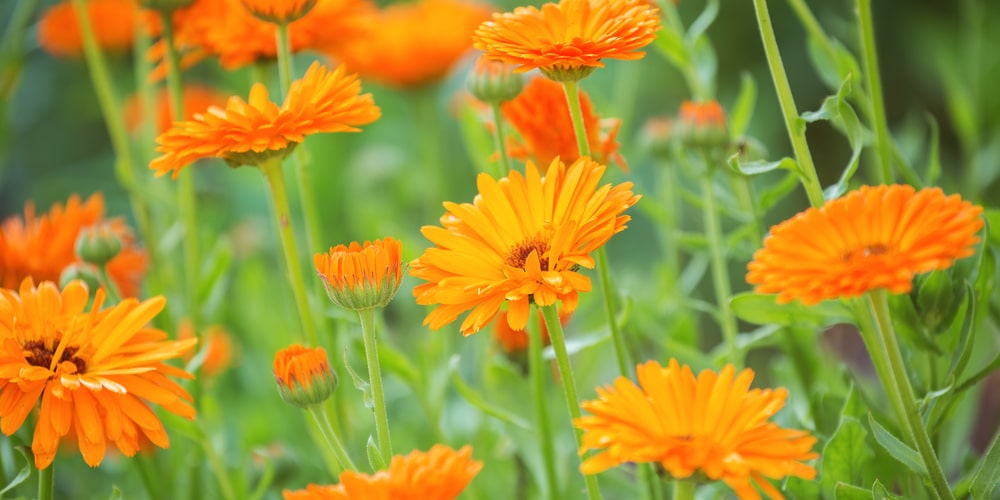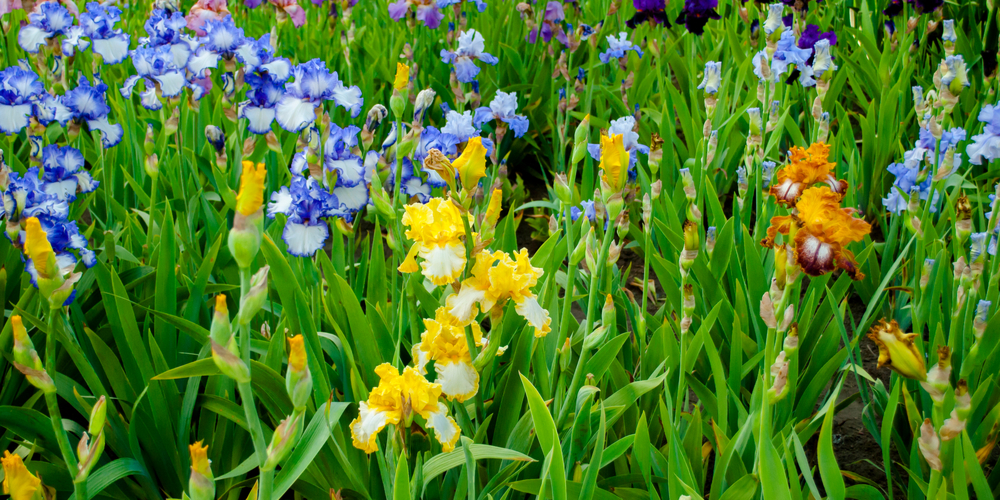Up for a low-maintenance garden that thrives in shade in North Carolina? There are many flowers and plants that can be planted in the spring and will bloom throughout the summer months. Check out these 8 shade plants NC you can bring home in your landscape.
Shade plants NC
Flame Azalea
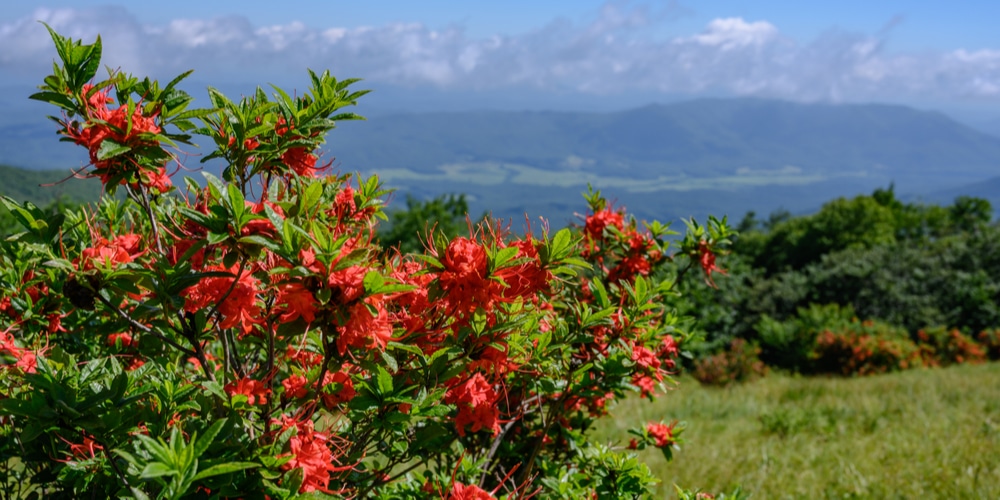
A bright and fiery, eye-catching shrub in the US, the Flame Azalea is sure to become your favorite. The native shrub produces 3 inch flame-colored flowers (hence the name) and makes the plant appear to be burning. What’s more, each bloom lasts around two weeks or so and adds a pop of nature in any space.
Flame Azaleas attract birds and butterflies and need an acidic, well-drained and moist soil. You may need to protect it from frost and cold days in winter and regularly deadhead the spent flowers to promote new ones.
Silky Camellia
Silky Camellia gets its name from the smooth underside of its leaves. The deciduous shrub can be made into a small tree with a single thick stem or trunk depending on how you want it to appear.
The shrub thrives where there’s part shade to shade, and it’s not affected by most pests and diseases. It’s easy to care for and doesn’t require regular pruning other than removing dead stems, branches and leaves. Silky Camellia can grow up to 18 feet tall, so it’s best to allocate a large space for it.
Snapdragon
A favorite cool season plant with interesting flowers, the Snapdragon has many varieties that range in size and color. It can be as short as 6 inches or as tall as 3 feet depending on what you want for your shaded landscape.
Snapdragon can tolerate a bit of sunlight at the expense of regular watering. In full shade you won’t have to water as much, but keep in mind that overhead watering is not recommended.
Periwinkle
Periwinkle is aptly named for its cute and adorable five-petaled blooms that greet passers-by. The Madagascar Periwinkle grows best in shaded areas and where there’s acidic soil. However, it’s not too choosy and can adapt quickly in other environments.
Periwinkles are often used as ground cover and grow quickly. You can expect a shower of color come early spring and summer seasons.
Woodland Phlox
Native to North America, Woodland Phlox is a wildflower that produces scented clusters of white, blue, purple or lavender flowers come springtime. In North Carolina it’s often paired with other plants such as hosta, hellebore and others.
Flowers appear from April to May and appear even when the plant is placed in a shaded location. It’s recommended that you plant them in spring so it can spread and bring out flowers in April or May. Woodland Phlox can grow in USDA zones 3 to 8 and requires a well-drained and constantly moist medium.
Caladium
There are dozens of different types of caladium, with each having its own set of colors and patterns. The only two things it needs are humidity and bright light and won’t mind if you put them indoors or in a bright location in your deck or patio.
The highlight of growing caladium is easily the foliage. The leaves are multicolored and come in interesting combinations. Generally speaking, they’re divided into two types- fancy leaf (which have heart-shaped foliage) and strap-leaf (which are longer and lance-shaped). In addition, you can bring potted plants indoors when winter comes to protect it from frost.
Calendula
Calendula is often called pot marigold and bears somewhat a resemblance to the ornamental marigold variety. You can plant it directly in your shaded outdoor garden or grow them in pots for arranging.
Calendula is pretty easy to grow and thrives in bright indirect light. The bright yellow and orange blooms will instantly perk you right up and bring cheer to your day. The petals are edible and can be used in salads and stews.
The plant tends to reseed and come back each year. Deadhead to keep it producing more buds and blooms.
Iris
Irises are perennial plants that make great shade plants in NC and grow in dry climates. Colors appear above the foliage in spring and summer, and the plant itself can be installed in zones 3 through 9.
You can choose either dwarf varieties or the taller ones that can reach up to four feet. As far as color is concerned you’ll have a choice and can pick purple, yellow, lavender or even white or black.
Related Article: When to Fertilize Your Lawn NC?
